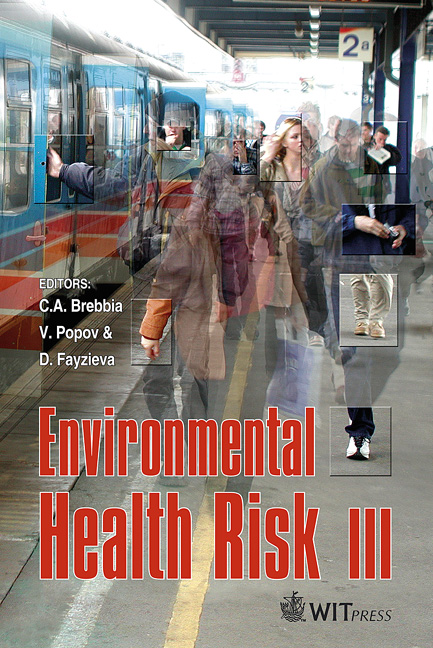Chemical And Ecotoxicological Analyses To Assess The Environmental Risk Of The Garigliano River (central Italy)
Price
Free (open access)
Transaction
Volume
9
Pages
10
Published
2005
Size
327 kb
Paper DOI
10.2495/EHR050091
Copyright
WIT Press
Author(s)
N. Calace, B. M. Petronio, M. Pietroletti, E. Palmaccio, T. Campisi & A. Iacondini
Abstract
The aim of this paper was to assess the environmental risk of the Garigliano River on the Tyrrenean Sea. In particular we focused our attention on the chemical and ecotoxicological quality of the river. Nine stations (sediment) were analysed along the last 10 km before the sea for heavy metal content. Moreover, three ecotoxicological tests (Vibrio fischeri with Microtox®, Pseudomonas fluorescens DHase inhibition assay, Pseudokirchneriella subcapitata inhibition test) were carried out on sediment samples in order to evaluate the toxicity of the matrices. The principal components analysis (PCA) and clustering were performed in order to correlate all the data. The results showed that heavy metal content (Cu, Pb, Ni, Cd, Zn, Fe and Mn) is low in all stations; these data reflected the results obtained from ecotoxicological tests that showed no toxic matrices, except for one station. An integrated chemical and ecotoxicological approach applied on the Garigliano River found that actually its environmental impact is not hazardous for the Tyrrenean Sea. Keywords: Vibrio fischeri test, Pseudomonas fluorescens test, algal test, heavy metals, Pseudokirchneriella subcapitata. 1 Introduction In recent years, the assessment of the effect of sediment pollution on indigenous microflora has received more attention and an ecological interest [1]. Concentrations of contaminants in the environment are primarily determined by
Keywords
Vibrio fischeri test, Pseudomonas fluorescens test, algal test, heavymetals, Pseudokirchneriella subcapitata.





